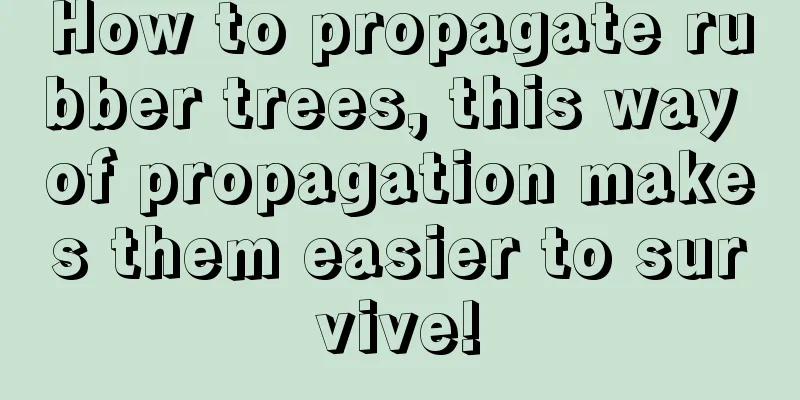What is wheat

What is wheatWheat is an important food crop of the genus Triticeae in the Poaceae family. Wheat is a cereal crop widely grown around the world. Its caryopsis is one of the staple foods of mankind. After being ground into flour, it can be made into bread, steamed buns, biscuits, noodles and other foods. After fermentation, it can be made into beer, alcohol, liquor (such as vodka), or biomass fuel. Wheat growing environmentilluminationWheat is a long-day crop (8 to 12 hours of light per day). If the sunlight conditions are insufficient, it cannot pass the light stage and cannot ear and bear fruit. The light stage of wheat comes after the vernalization stage. temperatureWheat is divided into three varieties: winter varieties, semi-winter varieties and spring varieties. The suitable temperature for winter varieties is between 16 and 18 degrees Celsius on a daily average, the suitable temperature for semi-winter varieties is 14 to 16 degrees Celsius, and the temperature for spring varieties is around 12 to 14 degrees Celsius. MoistureThe amount of water required during the jointing and heading stage of wheat is relatively large, but there should not be too much water in the early stage of jointing, otherwise it will cause the wheat to grow tall and fall over; the heading and flowering stage of wheat is the peak of water demand in the entire growth period, and the soil moisture at this time should reach about 28%. If the wheat is short of water at this time, the quality and yield of the wheat will be seriously affected; the filling and milk maturity stage is the key period for the formation of wheat quality, and water shortage during this period will seriously reduce the quality of wheat. FertilizationBefore the wheat greening period, since the plant grows relatively slowly, it consumes less nutrients, so less nitrogen, phosphorus and potassium can be applied; after the wheat greening period to the heading period is the period of rapid accumulation of wheat dry matter. During this period, the vegetative growth and reproductive growth of wheat proceed simultaneously, and the metabolic rate is relatively fast, so more nutrients are consumed, and the demand for nitrogen, phosphorus and potassium is relatively high at this time; after heading and flowering, the absorption capacity of the root system decreases, so the consumption of nutrients is relatively less, and a small amount of fertilizer is sufficient at this time. |
<<: Planting methods and management techniques of loofah
>>: Planting technology and management methods of chili pepper
Recommend
Ivy cultivation methods and precautions
1. Soil Ivy is not very demanding on soil, and or...
How to fertilize Dracaena, pay attention to these five points!
Fertilization method of dragon blood tree: 1. Whe...
Cultivation methods and maintenance matters of old first kiss pile
How to make a first kiss a success When caring fo...
How to plant Taxus chinensis
1. Seed processing First, we need to collect the ...
What are the effects of emerald green grass
The role of green cloud grass: ornamental The pla...
Is goldenrod poisonous?
1. Is it toxic? Many flower lovers have such conc...
Is the money string suitable for a deep or shallow basin?
Should I use a deep or shallow basin for money st...
What does Ginkgo represent?
1. Longevity Ginkgo is a very ancient species wit...
Sponge gourd sowing and seedling raising method
Planting loofah requires meticulous management. F...
How to deal with lily of the valley after it blooms
Treatment after lily of the valley blooms 1. Prun...
How do donkeys reproduce?
Understanding the breeding methods of donkeys is ...
Four-season maintenance of false epiphyllum
Spring care of false epiphyllum Spring is the sea...
How to prune white pine
How to prune white pine branches White pine is an...
What flowers are suitable for growing in Qujing? What are the city flowers and trees?
1. Climate characteristics of Qujing Qujing has a...
Cultivation methods and precautions of red clover
1. Maintenance methods 1. Temperature: Red clover...









